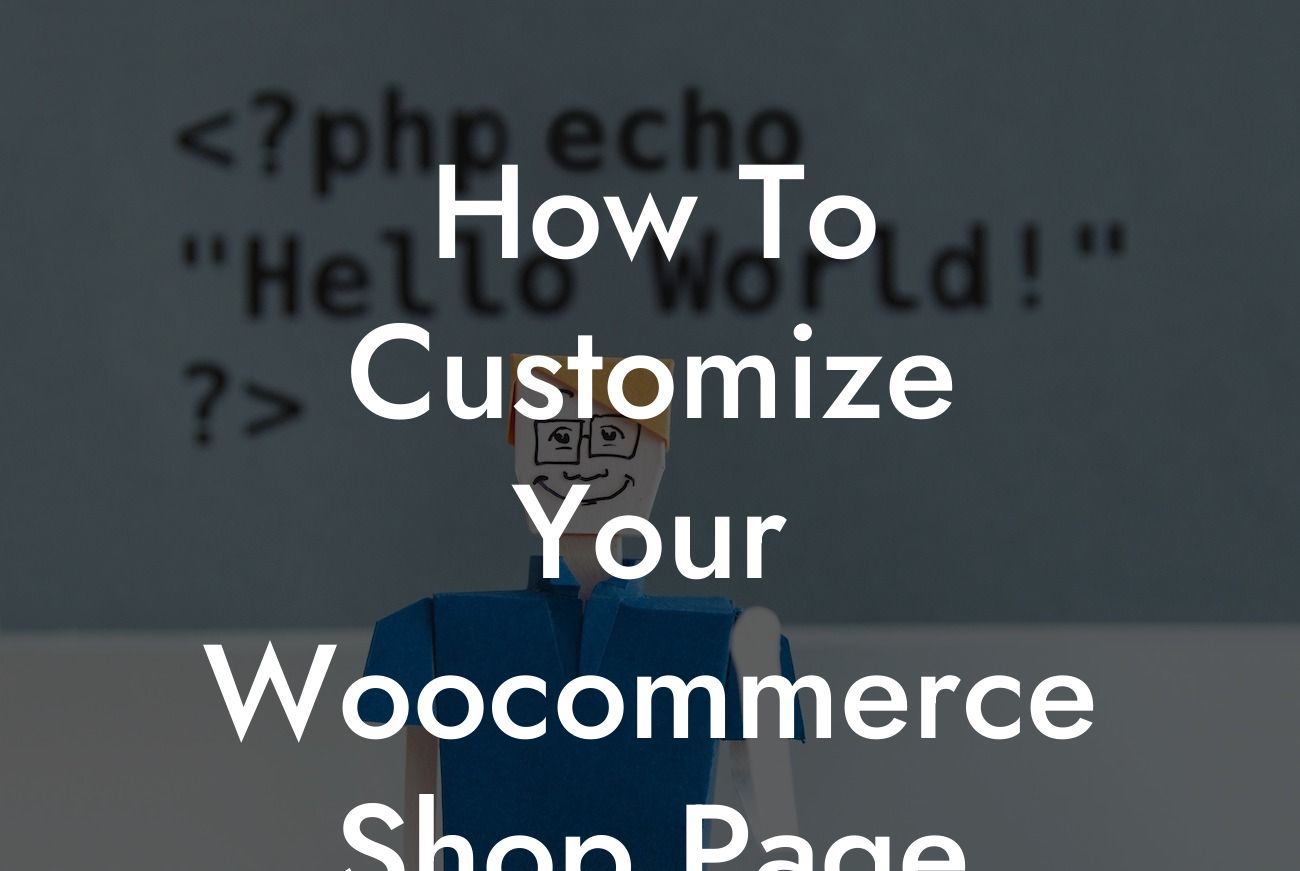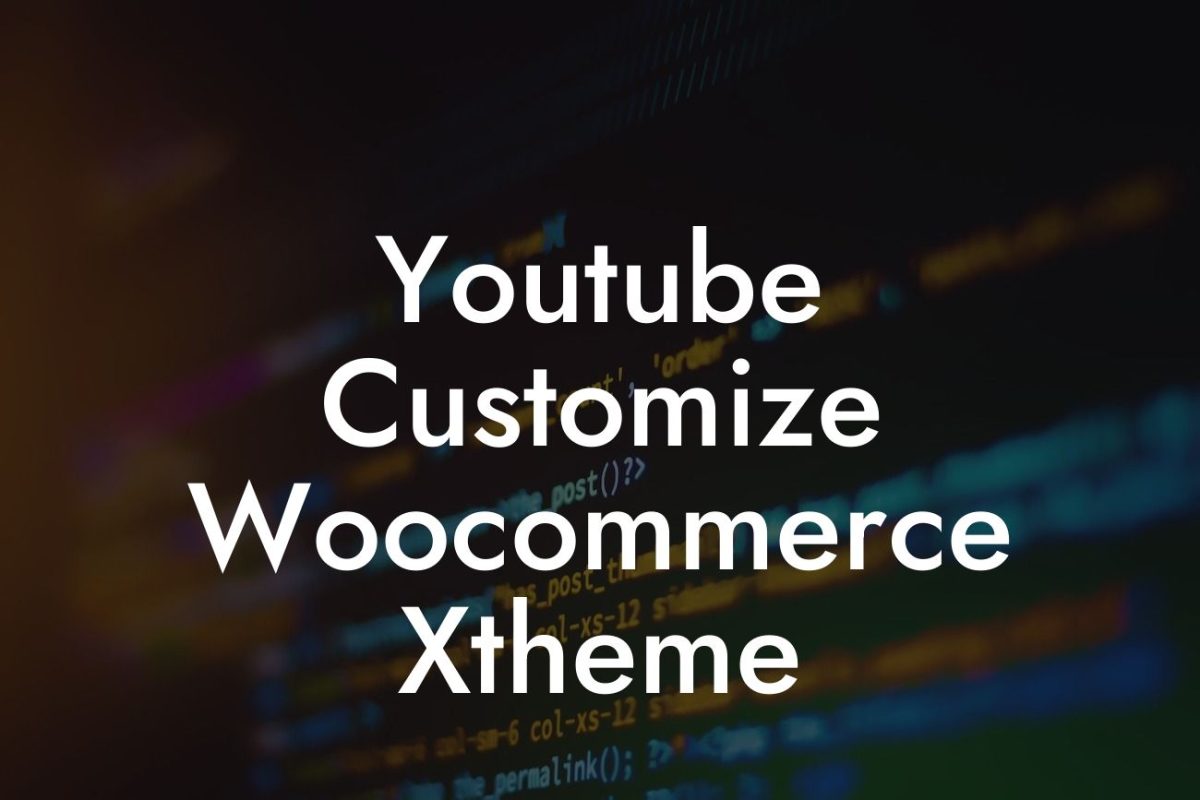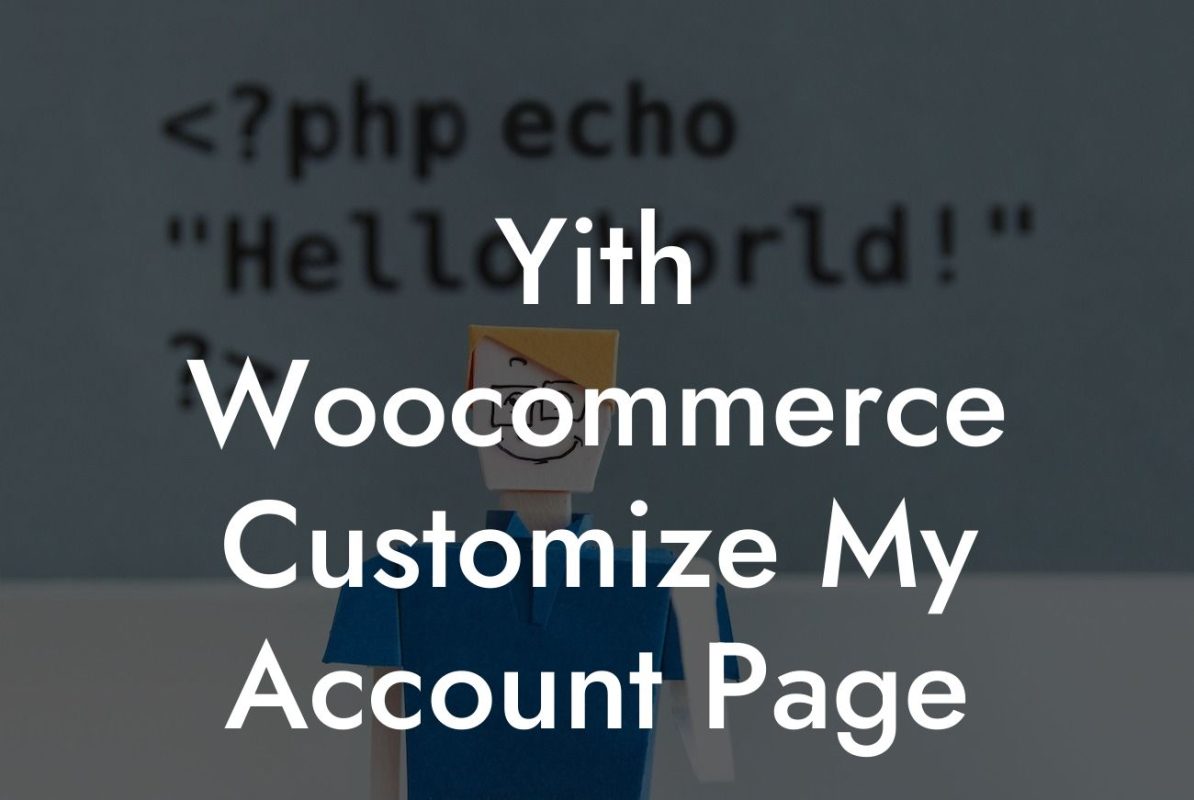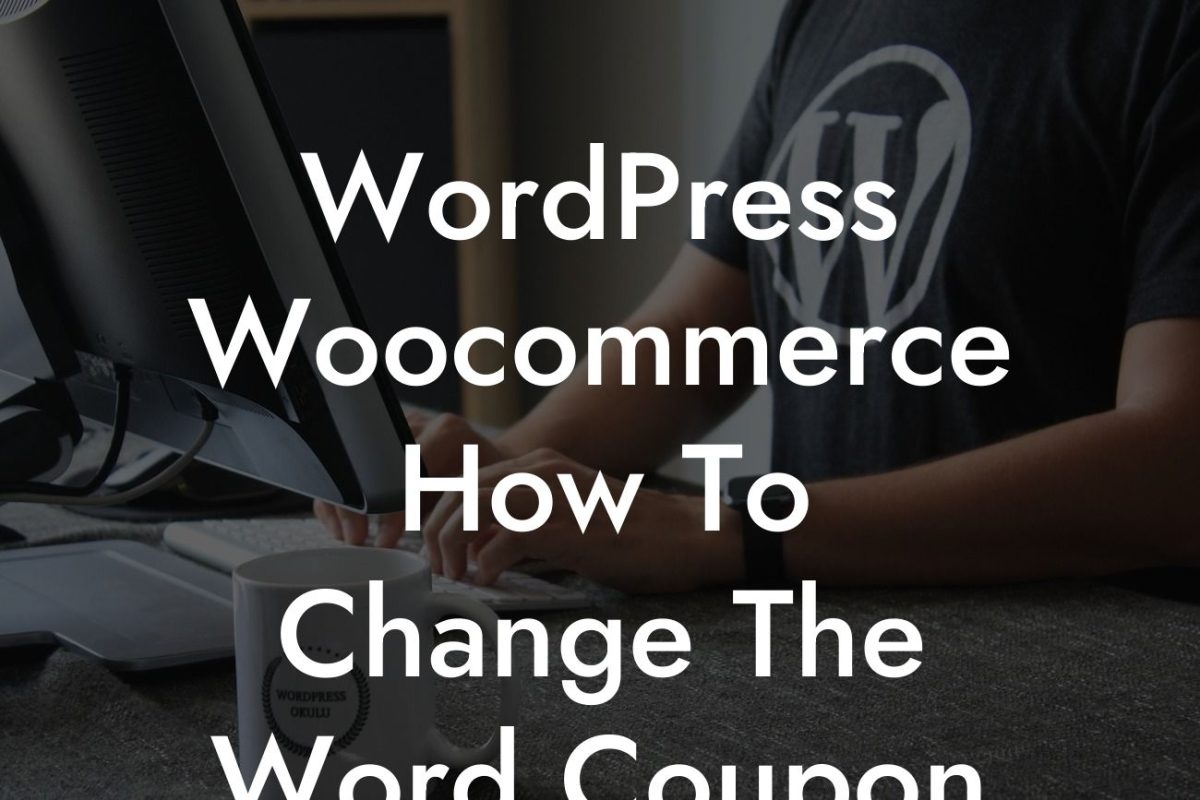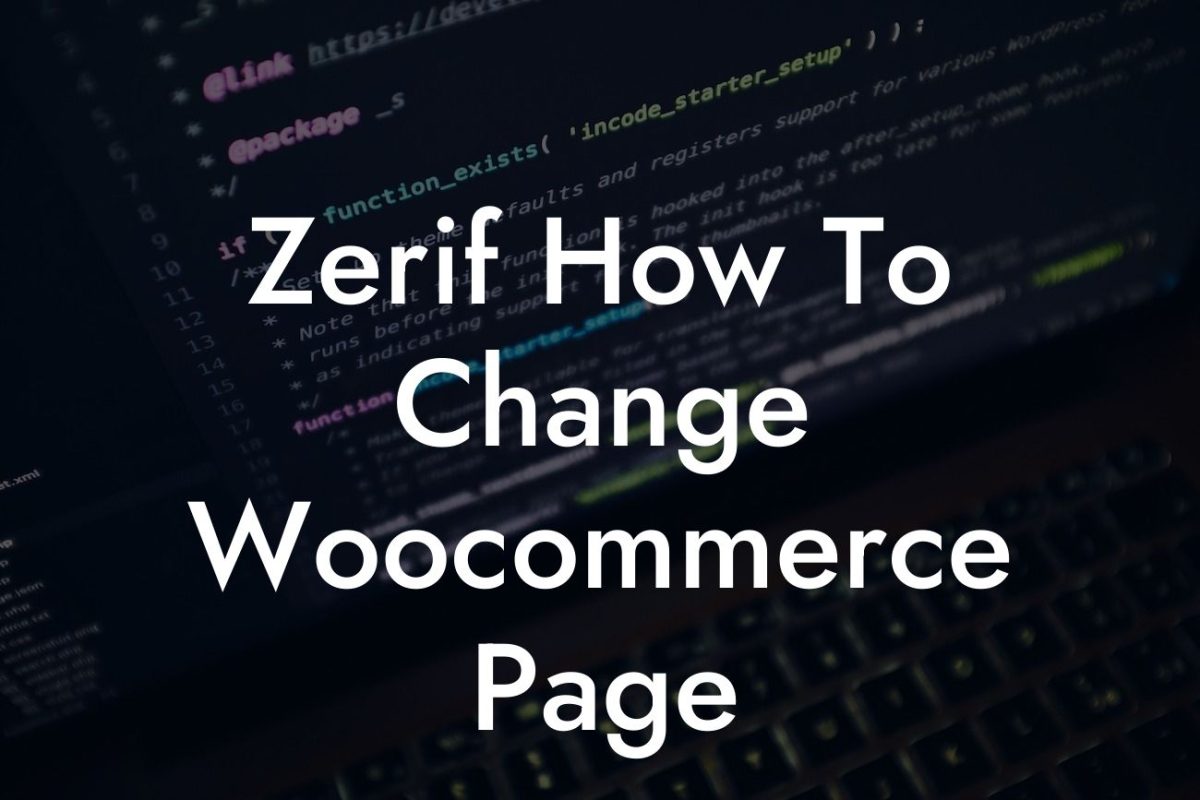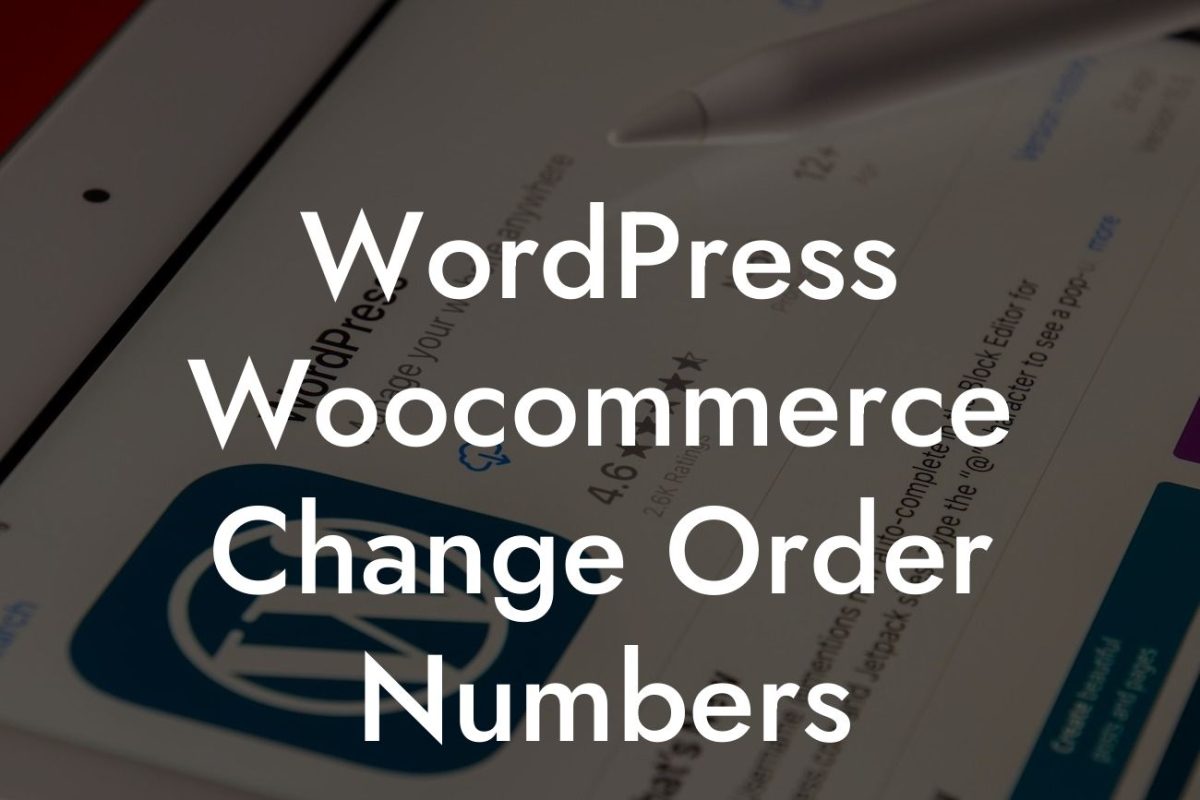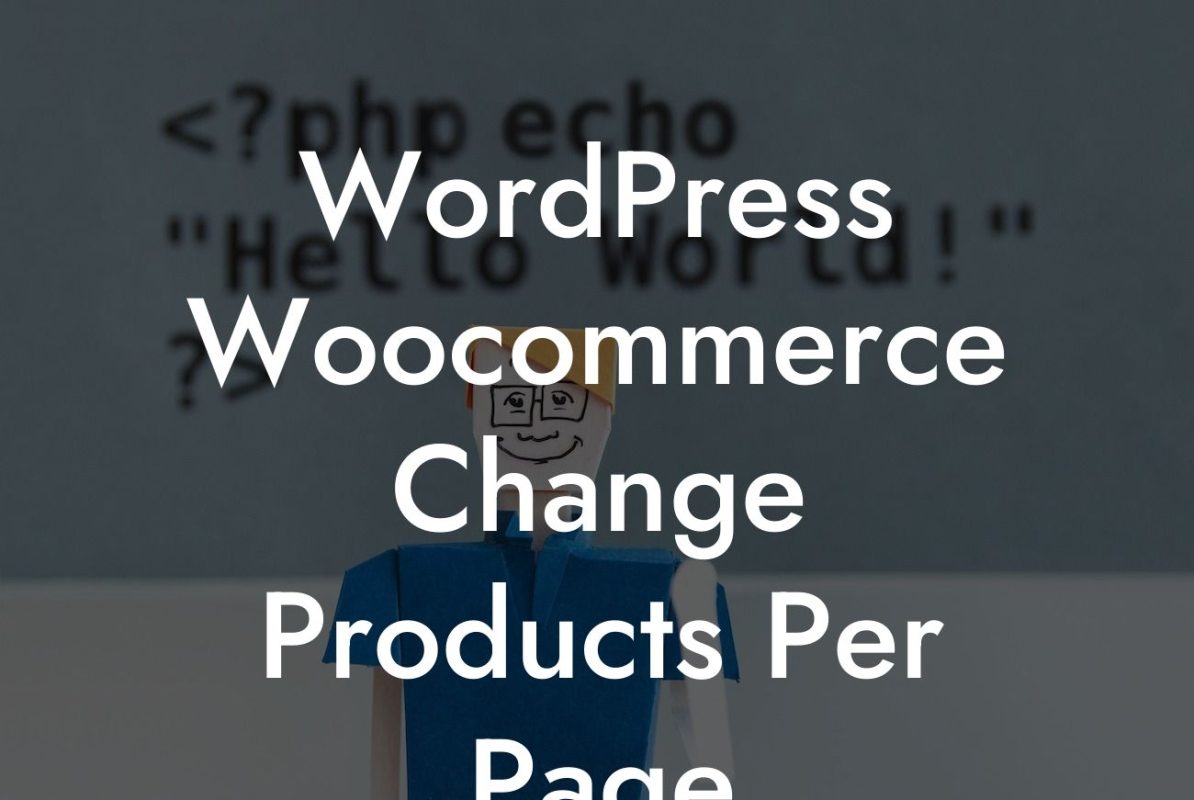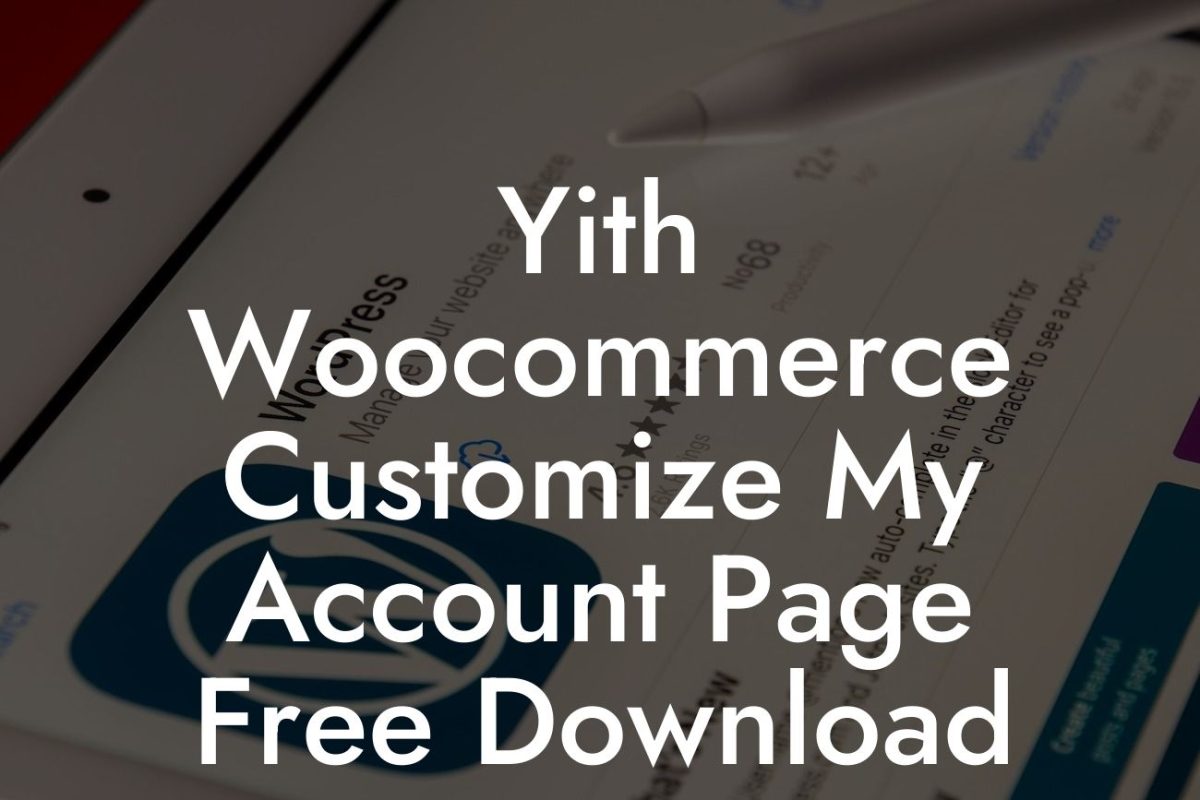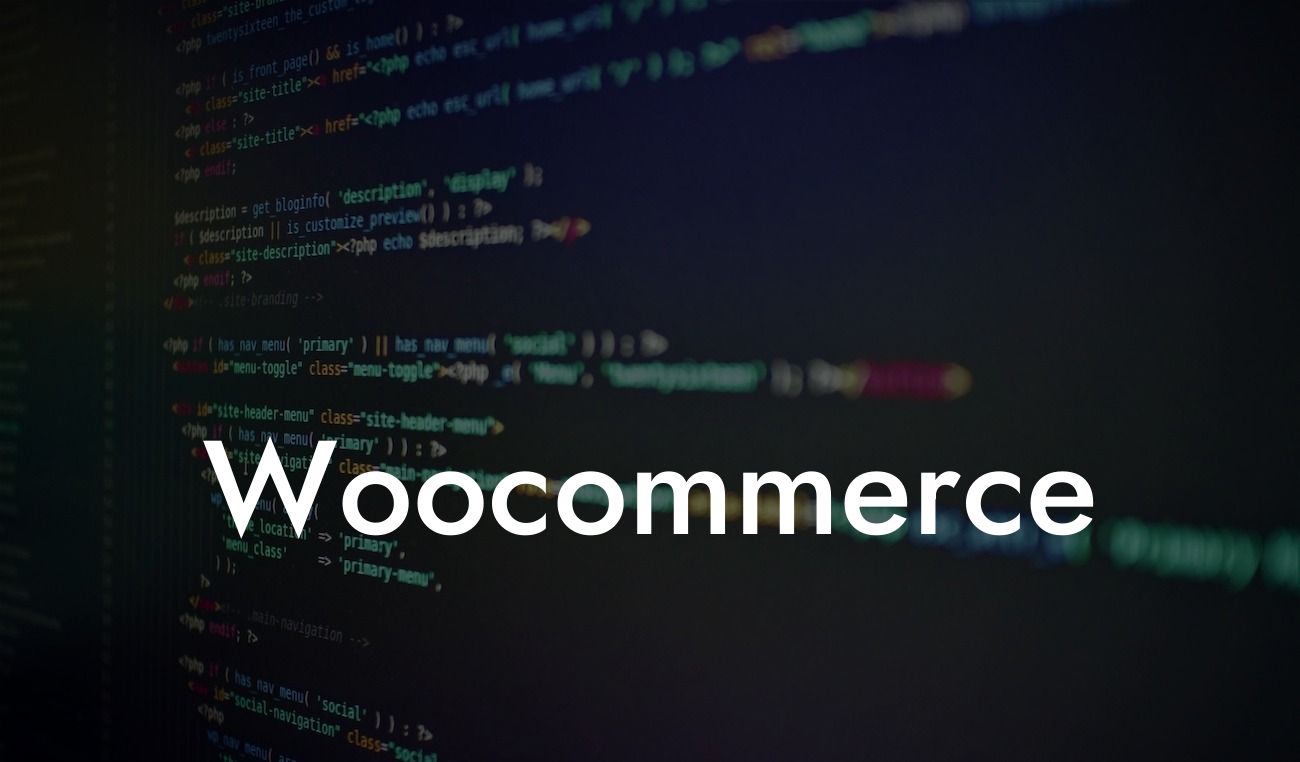Do you want to take your WooCommerce shop page to the next level? Are you tired of the same cookie-cutter designs that fail to impress your customers? Look no further! In this detailed guide, we will walk you through the process of customizing your WooCommerce shop page to make it visually appealing and user-friendly. At DamnWoo, we understand the importance of standing out from the crowd. Our WordPress plugins are exclusively designed for small businesses and entrepreneurs like you, and they will help you turn your online store into something extraordinary.
Customizing your WooCommerce shop page doesn't have to be a daunting task. With the right tools and guidance, you can create a unique shopping experience for your customers. Let's dive into the steps of customization:
1. Choose a suitable theme: First and foremost, select a WooCommerce-compatible theme that aligns with your brand's personality and values. Look for a theme that offers customization options and is optimized for speed and responsiveness.
2. Install and activate the WooCommerce plugin: If you haven't already, install the WooCommerce plugin to enable e-commerce functionality on your WordPress website. Once activated, WooCommerce will create default pages, including the shop page.
3. Configure general settings: Navigate to WooCommerce settings and customize the general options to suit your business needs. Set your preferred currency, define shipping and tax settings, and establish your payment gateway.
Looking For a Custom QuickBook Integration?
4. Design your shop page layout: Use a drag-and-drop builder or a page builder plugin to design your shop page layout. Arrange product categories, featured products, and filters in a visually appealing way. Remember to maintain a clear and logical structure for easy navigation.
5. Customize product display: Modify the product display to enhance the visual appeal of your shop page. Adjust the number of products per row, customize the product image size, and highlight key features such as ratings and reviews.
6. Add filters and sorting options: Make it easier for customers to find what they're looking for by adding filters and sorting options. Enable filters by attributes like price, color, and size, and allow customers to sort products by popularity, rating, or price.
How To Customize Your Woocommerce Shop Page Example:
Let's take an example of a clothing store. Suppose you own an online boutique selling trendy clothes and accessories. You can customize your WooCommerce shop page by categorizing products into sections such as "Women's Clothing," "Men's Clothing," "Accessories," and more. Each section can have its own unique layout, showcasing featured products, and offering filters based on sizes, colors, and prices. By personalizing your shop page, you create a seamless shopping experience that aligns with your brand and engages customers.
Congratulations! You've now learned how to customize your WooCommerce shop page to create an extraordinary online store. By implementing these customization techniques, you can elevate your brand's online presence and boost your success as a small business or entrepreneur. Don't forget to explore other informative guides on DamnWoo and try one of our awesome plugins to supercharge your WordPress website. Share this article with others who may find it helpful, and let us know your thoughts in the comments below. Happy customizing!

